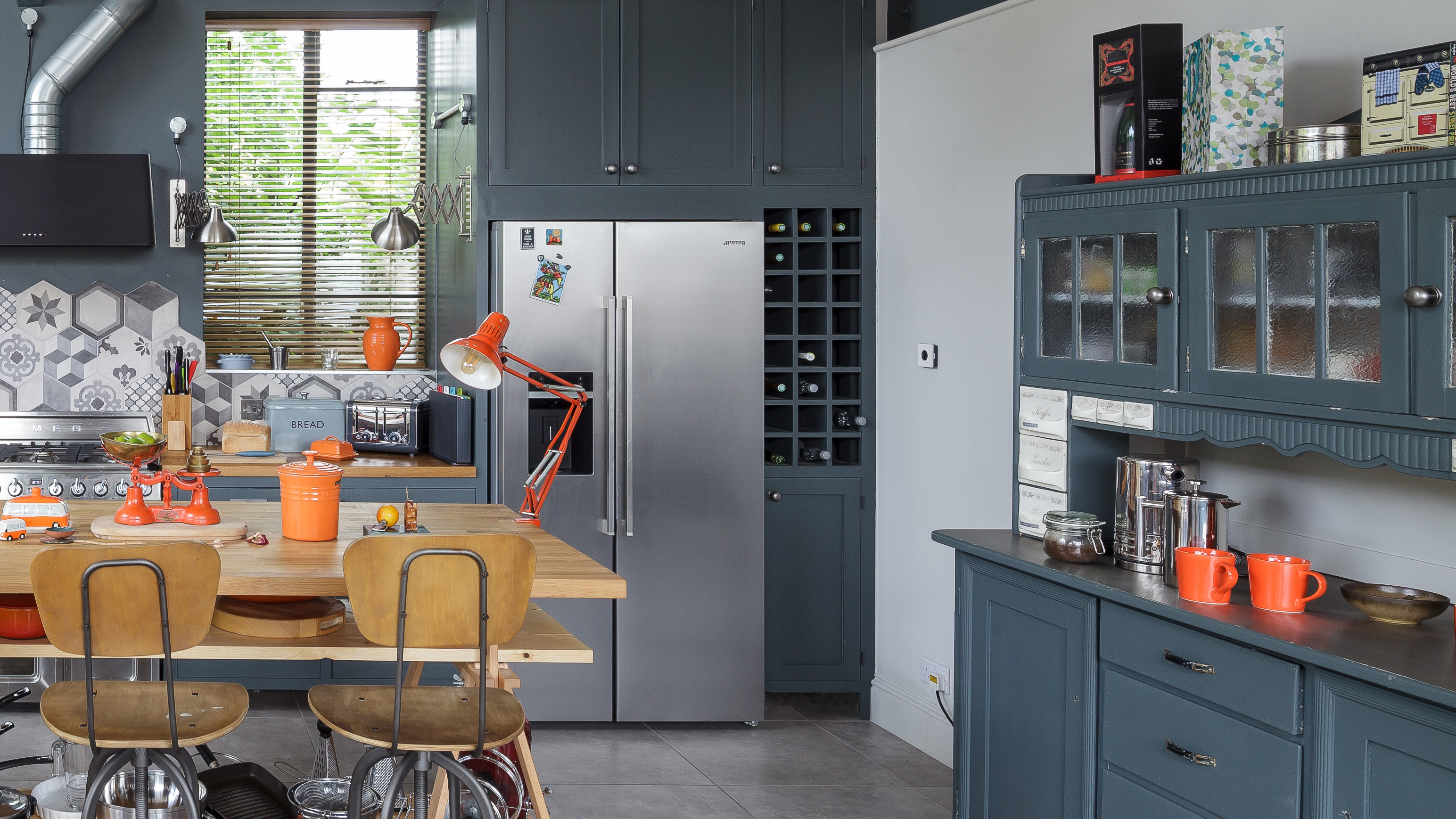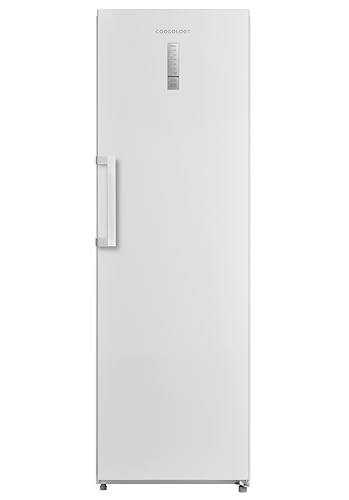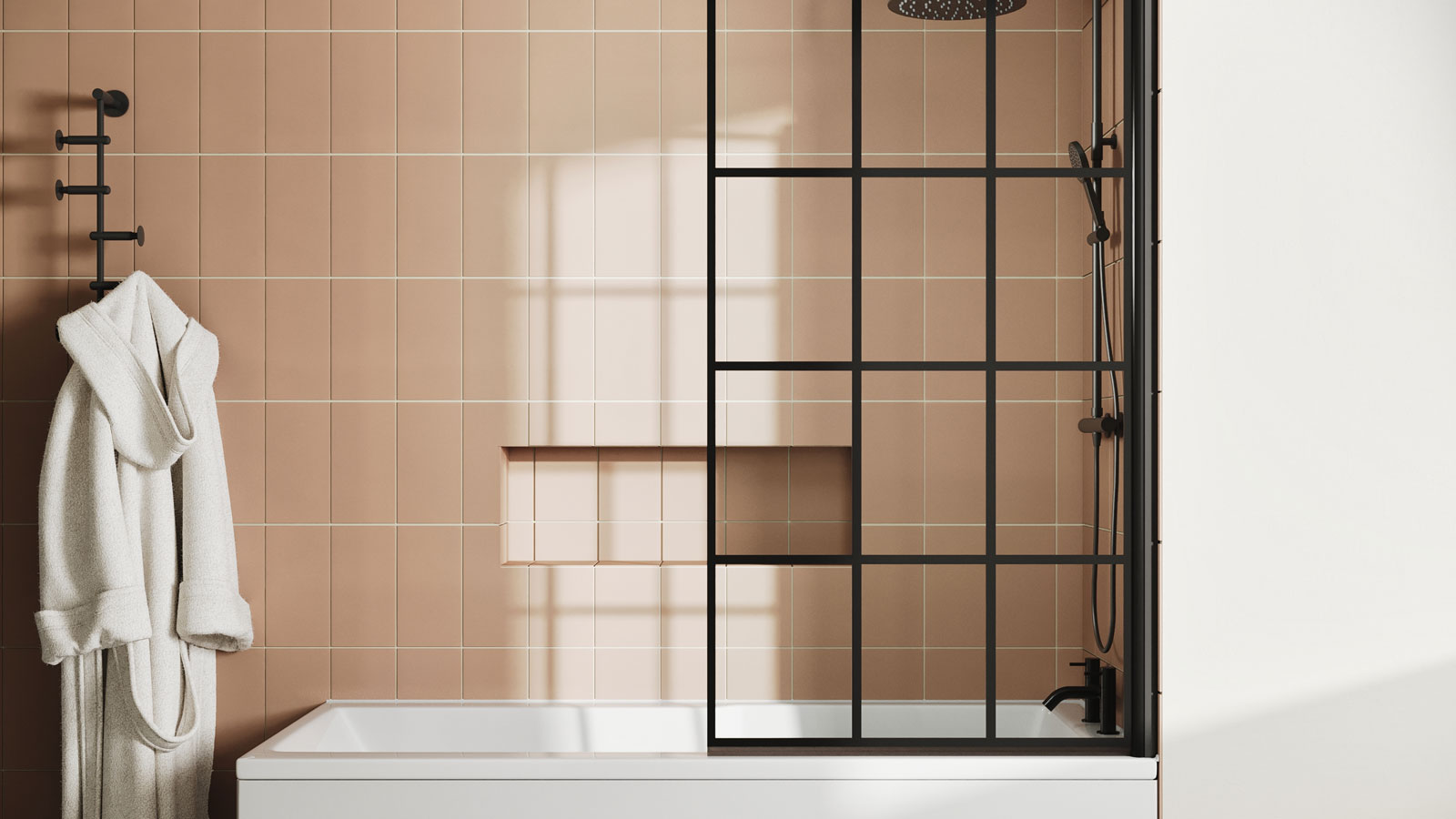How much electricity does a fridge use and is yours causing unnecessarily high bills?
Is your fridge running? Maybe you should check the costs of keeping it cool!

As energy prices continue to rise, more and more people are looking closely at how much electricity their household appliances consume.
With fridges running 24/7, it’s no surprise that they can contribute significantly to your energy bill.
In this guide, we’ll explore how much electricity a fridge uses, the factors that influence its running costs, and offer tips on how to reduce consumption.
How much energy do fridges use?
The energy consumption of a fridge varies depending on several key factors, including the model, its age, and its energy-efficiency rating.
According to Ben Gallizzi, energy expert at Uswitch.com, "An average fridge uses around 166kWh of energy per year."
Utilita Energy’s Power Price list suggests that an average fridge costs about £0.08 per use, translating to roughly £30.67 per year for energy consumption under the current energy price cap.
Newer models tend to be much more efficient than older ones. For example, a D-rated fridge can use around 130 kWh per year, costing about £44.20 annually.
Bring your dream home to life with expert advice, how to guides and design inspiration. Sign up for our newsletter and get two free tickets to a Homebuilding & Renovating Show near you.
In contrast, an F-rated fridge freezer could use up to 276 kWh per year, which would cost approximately £94.06 annually at an electricity rate of 34p per kWh.
It’s important to note that the size of your fridge also plays a role in its energy usage. Larger fridges, such as American-style fridge freezers, tend to consume more energy due to their size, typically running up a higher annual cost.
For example, an F-rated American-style fridge freezer might consume 405 kWh a year, costing around £137.92 annually.
Fridge Type | Annual Energy Use (kWh) | Annual Cost (£) | Daily Energy Use (kWh) | Daily Cost (£) |
|---|---|---|---|---|
D Rated Freestanding Fridge | 130 kWh | £44.20 | 0.356 kWh | £0.12 |
F Rated Freestanding Fridge | 209 kWh | £71.17 | 0.573 kWh | £0.19 |
A Rated Fridge Freezer | 111 kWh | £37.85 | 0.305 kWh | £0.10 |
F Rated Fridge Freezer | 276 kWh | £94.06 | 0.757 kWh | £0.25 |
C Rated American Fridge Freezer | 225 kWh | £76.50 | 0.616 kWh | £0.20 |
F Rated American Fridge Freezer | 405 kWh | £137.92 | 1.111 kWh | £0.37 |

Ben has been the Senior Content Editor for Energy at Uswitch for three years, having previously spent time at marketing agencies and in the proptech industry.
Among other areas, he specialises in home energy use and electric vehicles, and is passionate about ensuring that energy customers get the information they need to make the right decisions for them in a challenging period for households across the country.
How to choose the right fridge
One of the most significant factors in how much a fridge costs to run is its energy efficiency rating. Fridges are rated from A to G, with A-rated models being the most efficient and G-rated models being the least efficient.
When purchasing a new fridge, opting for a model with a high energy efficiency rating will save you money in the long term.
For example, a D-rated freestanding fridge with a consumption of 130 kWh per year will cost around £44.20 annually, while an F-rated fridge freezer consuming 276 kWh could cost up to £94.06 a year.
The energy-efficient A-rated models consume as little as 111 kWh, leading to much lower running costs of around £37.85 annually.
As technology continues to improve, modern fridges have become increasingly energy-efficient, and upgrading to a newer model can significantly reduce your electricity bill, especially if you’re still using an older model.
The Energy Saving Trust advises that fridges typically have a lifespan of around 17 years, and advises: “The next time you’re buying a new fridge or freezer, consider the smallest that meets your needs, as well as the highest rated one you can afford."
Most efficient fridges
Tips to cut your fridges energy consumption
Fridges are typically running 24 hours a day, which makes them one of the more energy-intensive appliances in your home. However, there are several ways to reduce their energy usage:
- Keep your fridge well-stocked: A full fridge is more efficient than an empty one because it retains cool temperatures better and doesn’t have to work as hard to stay cold. You can fill empty spaces with bottles of water if necessary.
- Regular maintenance: Cleaning the coils and checking that the door seals are tight can help ensure your fridge is running at maximum efficiency.
- Optimise fridge placement: Keep your fridge away from heat sources like radiators and direct sunlight to prevent it from working harder than necessary.
- Set the right temperature: What temperature your fridge is set at is key to efficiency. The ideal temperature for a fridge is 3°C, and for a freezer, it’s -18°C. Keeping your fridge at a slightly lower temperature than necessary wastes energy.
- Consider modern features: If you travel often, look for fridges with a holiday mode that minimises energy use while you’re away.
For more ways to reduce energy consumption, consider undertaking the government's home energy MOT which identifies solvable issues.
Understanding how much electricity your fridge uses can help you make informed choices when it comes to energy consumption.
By choosing the right kitchen appliances, maintaining your fridge properly, and implementing simple energy-saving tips, you can significantly lower your fridge’s running costs and reduce your overall electricity bill.
For more information on energy consumption, check out our guide on what uses most electricity in houses to understand how other appliances impact your energy bills.

News Editor Joseph has previously written for Today’s Media and Chambers & Partners, focusing on news for conveyancers and industry professionals. Joseph has just started his own self build project, building his own home on his family’s farm with planning permission for a timber frame, three-bedroom house in a one-acre field. The foundation work has already begun and he hopes to have the home built in the next year. Prior to this he renovated his family's home as well as doing several DIY projects, including installing a shower, building sheds, and livestock fences and shelters for the farm’s animals. Outside of homebuilding, Joseph loves rugby and has written for Rugby World, the world’s largest rugby magazine.



